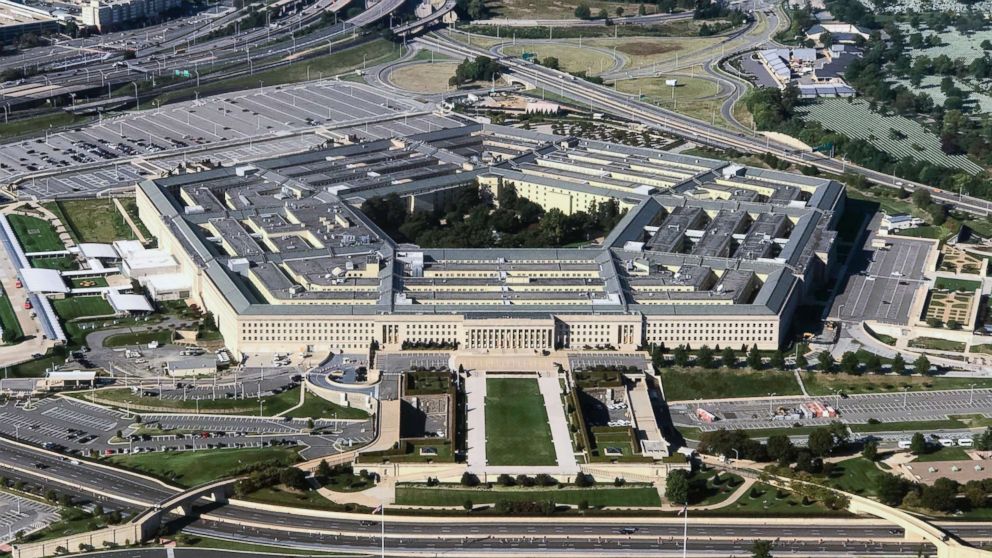Trump administration proposes big budget increase for Pentagon
— -- The Trump administration announced on Monday it is requesting $686 billion in defense spending for FY 2019, the highest military budget request since 2011. The funding is intended to make up gaps in readiness that military officials say have resulted from mandatory military spending cuts enacted into law in 2011.
The $686 billion request consists of a “base” operating budget of $617 billion, as well as the $69 billion requested for Overseas Contingency Operations that funds U.S. military operations in Afghanistan, Iraq, Syria and Europe.

The addition of $30 billion requested for the Department of Energy's nuclear weapons makes the total national security budget request $716 billion, the top line agreed to by Congress last week for fiscal year 2019.
That congressional approval in military spending for next year along with an approved $700 billion for 2018 provides a level of stability for military budget planners not seen since the 2011 Budget Control Act went into effect. That amount was also a significant increase over the administration’s original request last May for $639 billion for 2018.
That legislation set mandatory lower budget levels for military spending that the Pentagon has criticized for years as having a negative potential impact on its readiness.
"Our military was totally depleted, and we will have a military like we've never had before," said President Donald Trump on Monday. "We're going to have an incredible military."
Though the budget request enables the annual purchase of big-ticket weapons systems, its focus is on making up the readiness gap by approving additional funding for training, maintenance and modernization of equipment.
Congress will still have to pass individual appropriations bills for fiscal years 2018 and 2019.
The message from Pentagon officials on Monday was that the new budget lines up with the recently released National Defense Strategy and National Security Strategy that re-focused attention on "great power" competition with Russia and China.
"This is a strategy-based budget, the strategy determined what we looked at," said David L. Norquist, the comptroller for the Defense Department. "It determined the choices that the department made, and it determined the level of funding requested and required."
The budget also continues increases to the size of the military services, totaling 24,100 additional active-duty service members next year, the majority in the Army and Navy. In 2018, Congress required that the military services increase in size by 16,600 active duty personnel.



